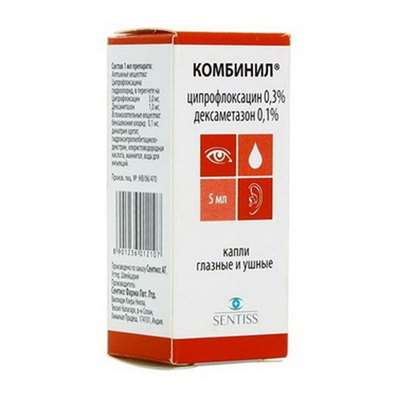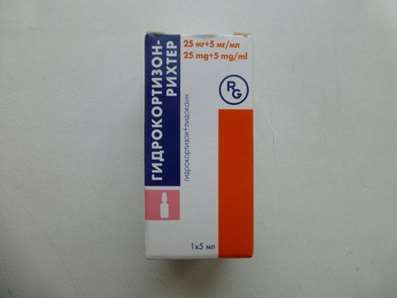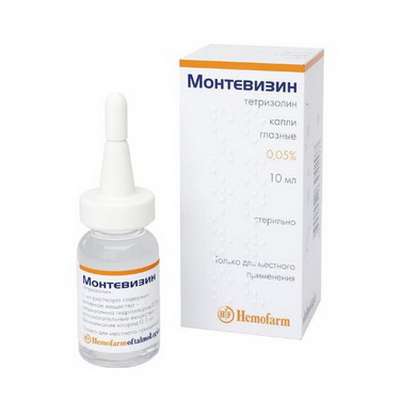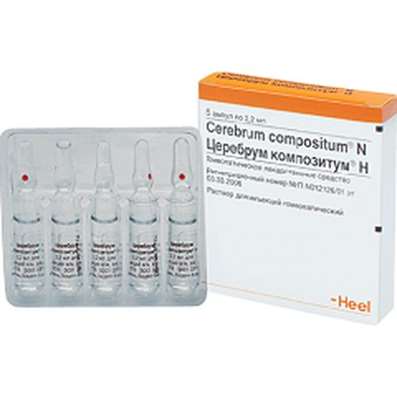Sports Pharmacology – Management of Athlete’s working capacity
19 Oct 2016
Factors constraining the performance of skilled athlete
There are factors influencing that may reduce or increase the efficiency of a healthy body.
These factors can be divided into two groups: system and organic:
Limiting by systemic factors:
- Lack of functioning (imbalance) of the endocrine system
The reason: a wide range - from genetic to infectious diseases, as well as doping.
Impact: The violation of all types of metabolism (metabolic imbalance).
Identification and control: hormonal profile.
Correction: According to identify the causes.
- Violation of the acid-base status and ion balance in the body
Reason: work glycolytic mode, anemia, lack of bicarbonates.
Impact: a change of the buffer capacity of the blood, the accumulation of lactate acidosis.
Control: La-blood pH blood, hemoglobin, blood.
Correction: Increase the buffer capacity of the blood, alkalization, reducing lactic acid levels. Iron preparations, calcium, potassium, phosphorus, enzymes.
- Blocking of cellular respiration in working muscles
Reason: violation of electrolyte transport in the respiratory chain, and a lack of violation of transport phosphocreatine.
Consequence: reduction of work capacity due to decreased muscle contractility.
Control: the concentration of creatine phosphokinase (CPK).
Correction: macroergs, phosphogen, respiratory enzymes antihypoxants, iron supplements.
- Reduced muscle energy
The reason: lack of glycogen, ATP, phosphocreatine, lipids, proteins.
Consequence: reduction of work capacity due to decreased muscle contractility.
Control: basal metabolism, glycemic profile, sports biochemistry, ECG.
Correction: carbohydrate saturation. Initiation of carbohydrate and lipid metabolism, phosphocreatine. Neoton, Mildronate, Neurobutal, Sodium Hydroxybutyrate, Antihypoxants.
- Launch of free radical processes in the result of limit loads
Reason: exorbitant exercise. Lack of antioxidants. The formation of toxic products (pro-oxidants).
Impact: The violation of mitochondrial functions of cell membranes.
Control: determine the level of peroxidation (LPO) by chemiluminescence.
Correction: antioxidants.
- Violation of the microcirculation. Change of rheological properties and blood clotting
Reason: prohibitive exercise under adverse external factors, which leads to damage of the vascular endothelium, triggers an imbalance of the coagulation-anticoagulation system.
Consequence: tissue hypoxia. The development of disseminated intravascular coagulation (DIC). Violation of the functions of internal organs: heart, liver, kidneys, etc...
Control: blood pH, hematocrit, coagulation, differential blood cell count, urinalysis, electrocardiogram.
Correction: the preparations improving microcirculation and blood rheology: Actovegin, Solcoseryl, Trental, Pentoxifylline,Ttanakan, aggregation inhibitors (Papaverine, Euphyllin), and so on.
- Reduction of immunological reactivity
Reason: prohibitive exercise, meteoklimaticheskie adverse conditions.
Impact: The susceptibility to infection by any infectious disease.
Control: immunological control.
Correction: immunomodulators, enzymes, adaptogens, biostimulants
- Inhibition of the central nervous system and peripheral nervous system
Cause: The load that extends beyond the physiological norm.
Consequence: overtraining - "Sport disease", a violation of the dynamics of the psychological state of the athlete.
Control: psychos, the starting time of the reaction, the speed of the pulse.
Correction: psycho-sedative, tranquilizers, means correcting sleep disorders, agents that hinder the involvement of emotions in the autonomic centers.
Limiting by organ factors
- Reduction of myocardial contractility
Monitoring: ECG, echocardiography, functional tests.
- The weakening of the respiratory function
Control: peak speed of exhaled air (peak flow), forced vital capacity (FVC).
- Reduction of the liver, kidneys and other organs as a result of prohibitive training load
Control: Ultrasound, rheography, biochemistry, etc...
- Damage (injury), muscles, ligaments, joints
Control: traumatologist.
Furthermore, in the analysis, performance monitoring and correction systems leading body must be considered and their generalizations properties:
- Backup features - capacity;
- Feasibility - power and mobilized;
- Effectiveness - efficiency.

 Cart
Cart





